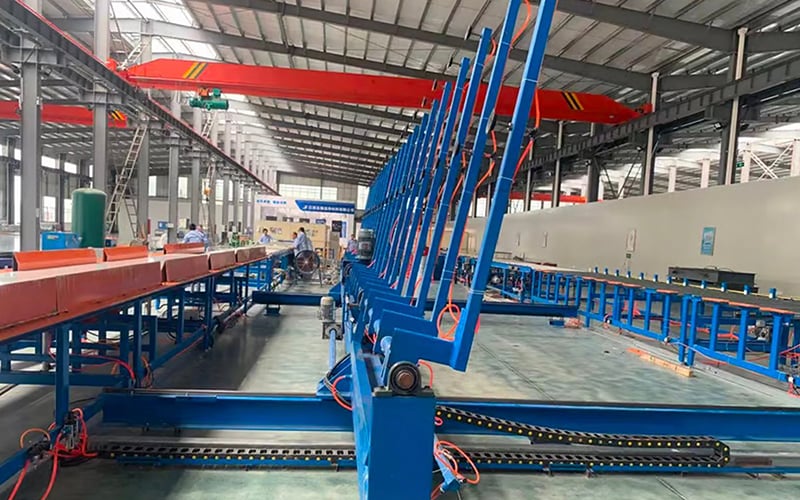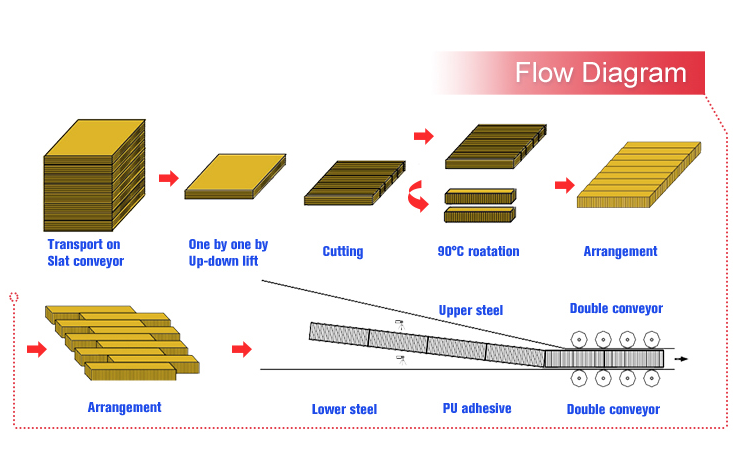Table of Contents

Conveying and Turning System: Revolutionizing Material Handling
Material handling is an essential aspect of any industry, and the efficiency of this process can greatly impact overall productivity. Conveying and turning systems have emerged as a revolutionary solution to streamline material handling operations in various industries. These systems offer a seamless and automated approach to move, sort, and turn materials, enhancing productivity while minimizing human effort. In this article, we will explore the different aspects of conveying and turning systems and their significance in modern-day material handling processes.
The Basics of Conveying Systems
Conveying systems provide a means of transporting materials from one location to another within a manufacturing or distribution facility. These systems consist of various components, including belts, rollers, and pulleys, designed to move materials efficiently. The primary purpose of a conveying system is to reduce manual labor and enhance the overall flow of materials, thereby optimizing productivity.
Conveying systems can be categorized into different types based on their design and functionality. Some common types include belt conveyors, roller conveyors, chain conveyors, and screw conveyors. Each type serves a specific purpose and is suitable for different material handling applications.
The Advantages of Conveying Systems
Conveying systems offer numerous advantages over traditional manual material handling methods. Some of the key benefits include:
1. Increased Efficiency
Conveying systems automate the material handling process, eliminating the need for manual labor. This significantly improves efficiency by reducing human error and the time required to move materials from one point to another. With automated sorting and turning capabilities, conveying systems ensure a smooth and uninterrupted flow of materials, further enhancing efficiency.
2. Enhanced Safety
Manual material handling tasks can be physically demanding and prone to accidents. Conveying systems minimize the risk of injuries by eliminating the need for labor-intensive tasks such as lifting and carrying heavy loads. Additionally, these systems are equipped with advanced safety features, such as emergency stop buttons and sensors, to ensure a safe working environment.
3. Cost Savings
Implementing a conveying system can lead to significant cost savings in the long run. By reducing labor requirements and improving efficiency, businesses can optimize their resources and allocate them to more value-added tasks. Additionally, conveying systems require minimal maintenance compared to manual handling equipment, resulting in reduced maintenance costs.
The Role of Turning Systems
While conveying systems efficiently transport materials from one location to another, turning systems play a crucial role in redirecting the flow of materials. Turning systems are designed to change the direction of materials on a conveyor line, ensuring they reach their desired destination. These systems utilize various mechanisms, such as diverters and rotators, to facilitate smooth turning without causing damage to the materials.
Turning systems are particularly useful in facilities where materials need to be directed to different processing areas or packaging stations. By incorporating turning systems into the conveying process, businesses can optimize space utilization and minimize the need for additional conveyors or equipment.
Choosing the Right Conveying and Turning System
When selecting a conveying and turning system for your material handling needs, it is essential to consider various factors. These include the type and characteristics of the materials being handled, the required throughput capacity, the layout of your facility, and any specific industry regulations or standards.
Working closely with experienced suppliers and system integrators can help you assess your requirements and determine the most suitable conveying and turning system for your specific application. They can provide valuable insights and guidance to ensure optimal system performance and long-term reliability.
Conclusion
Conveying and turning systems have revolutionized the way materials are handled in various industries. These systems offer numerous advantages, including increased efficiency, enhanced safety, and cost savings. By automating material handling processes and incorporating turning systems, businesses can optimize productivity and streamline their operations. When selecting a conveying and turning system, it is crucial to consider the specific requirements of your application and seek expert advice to ensure the best possible solution.

